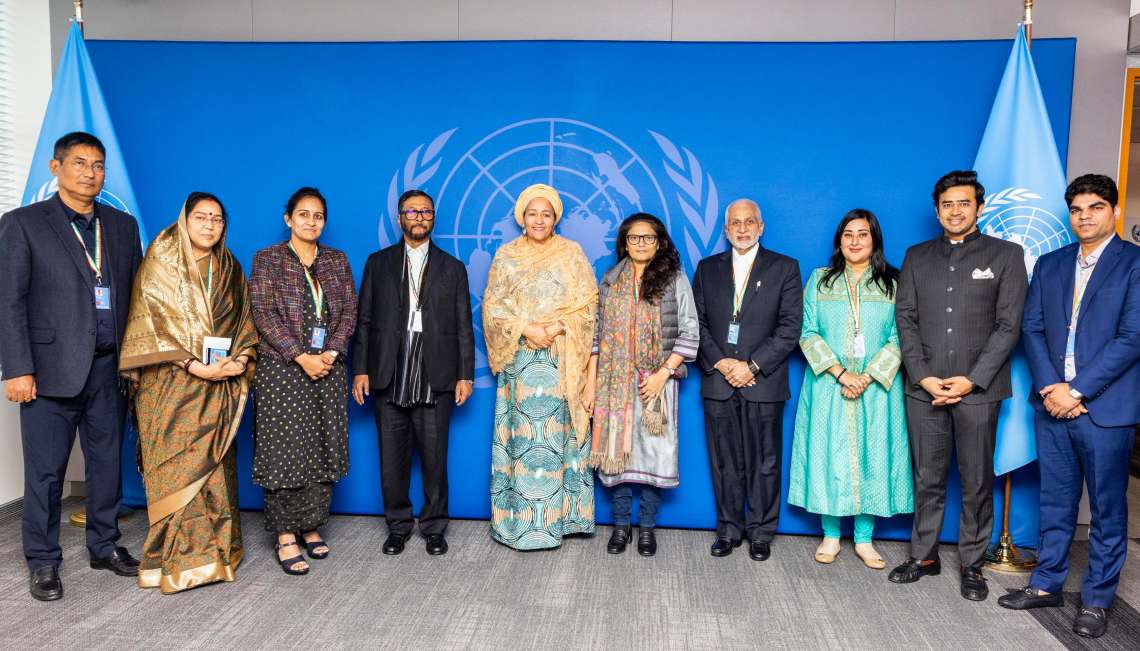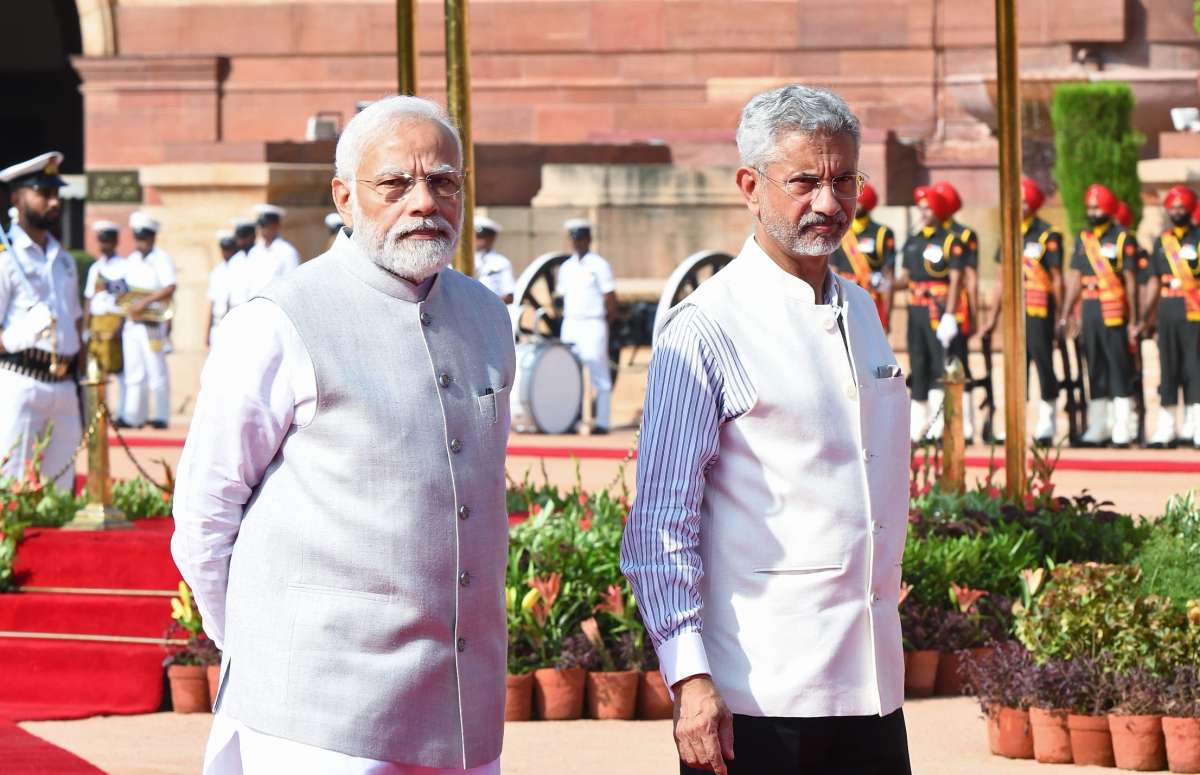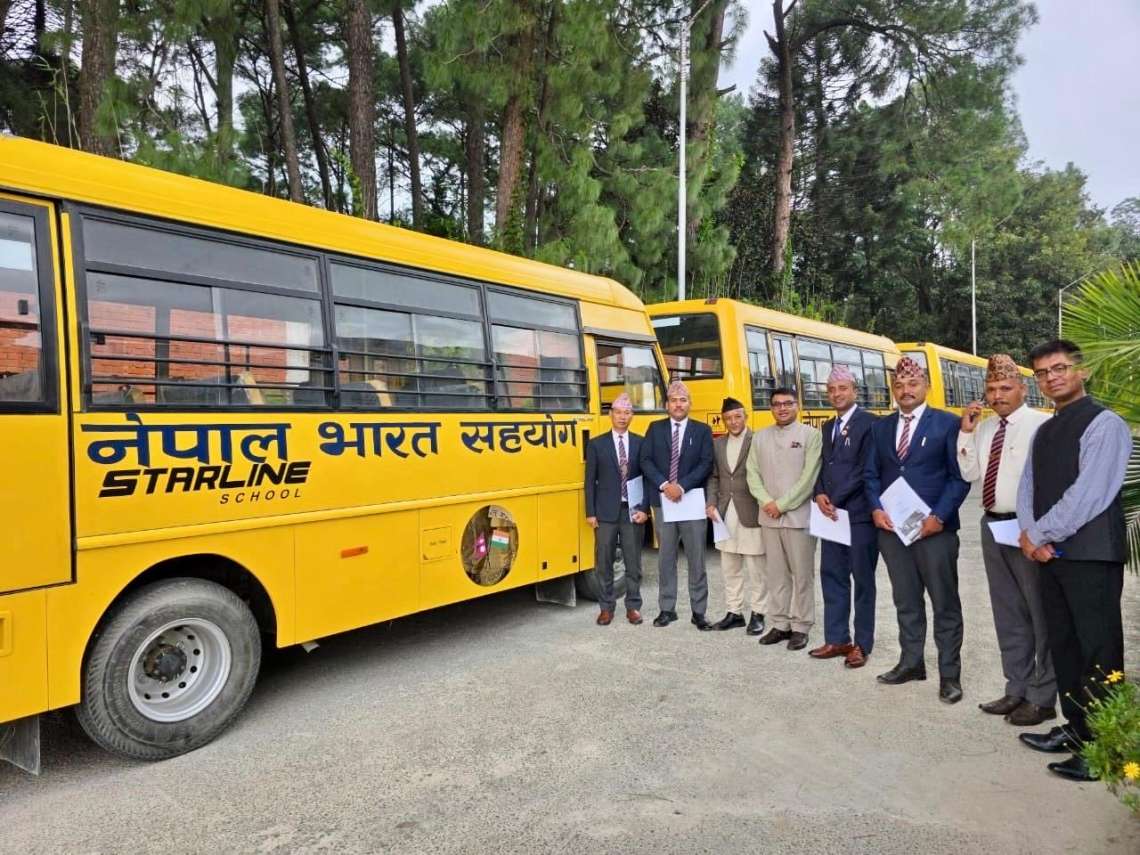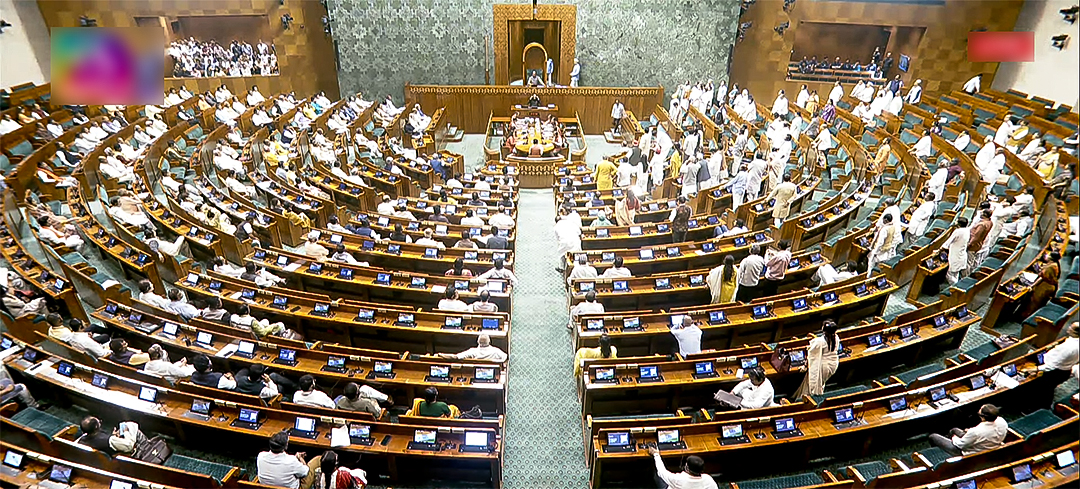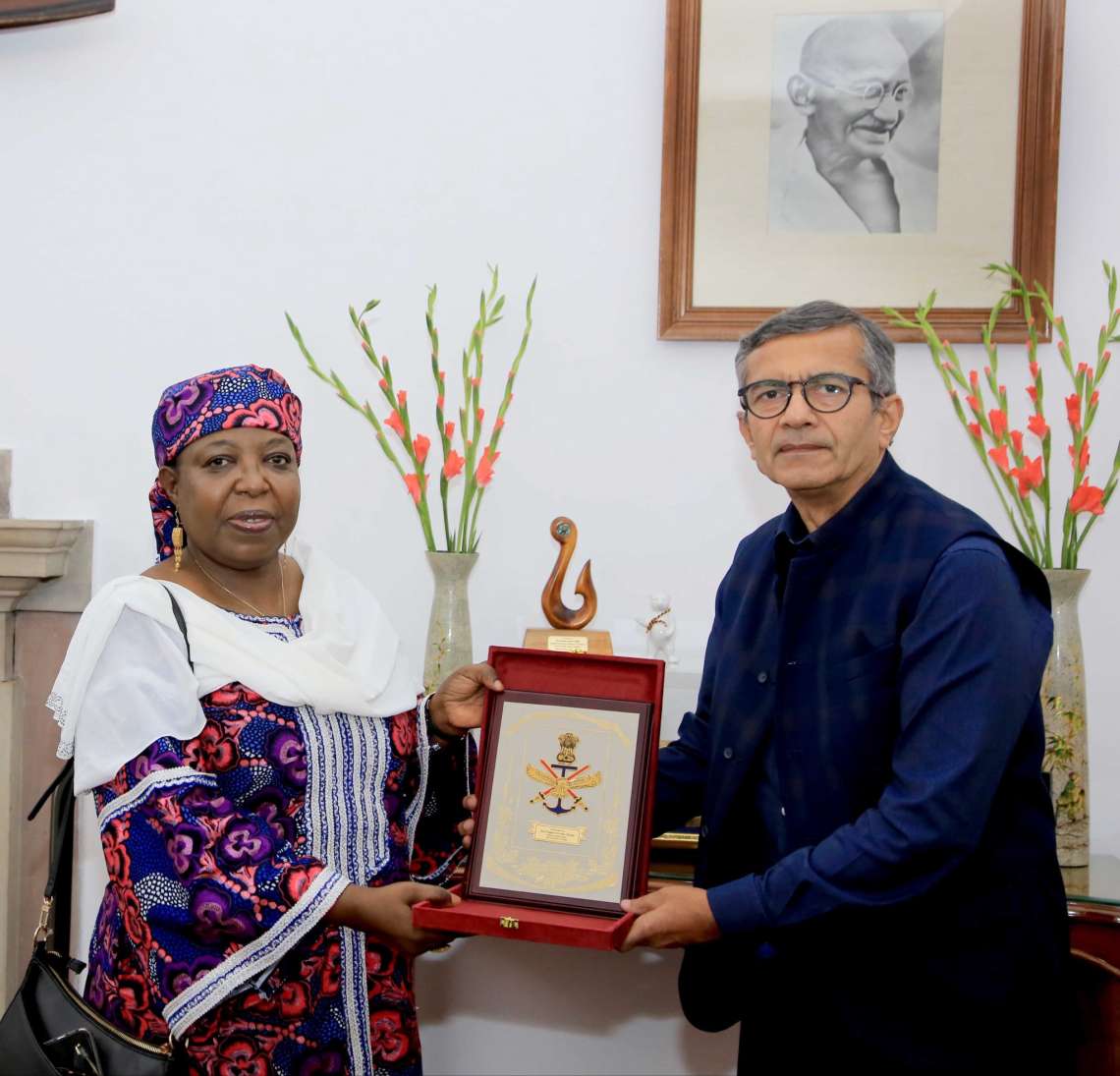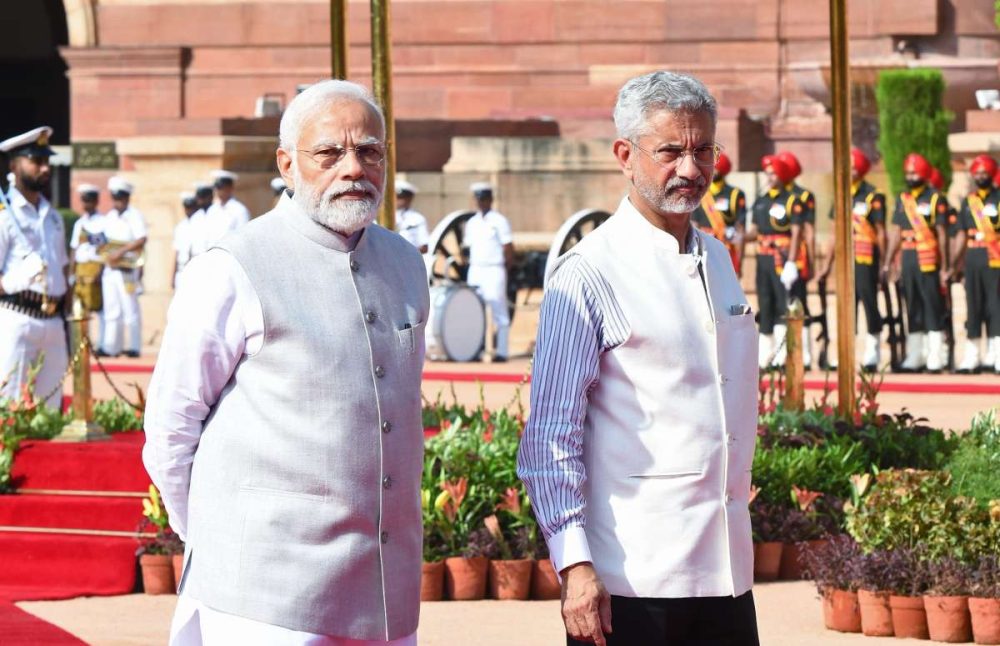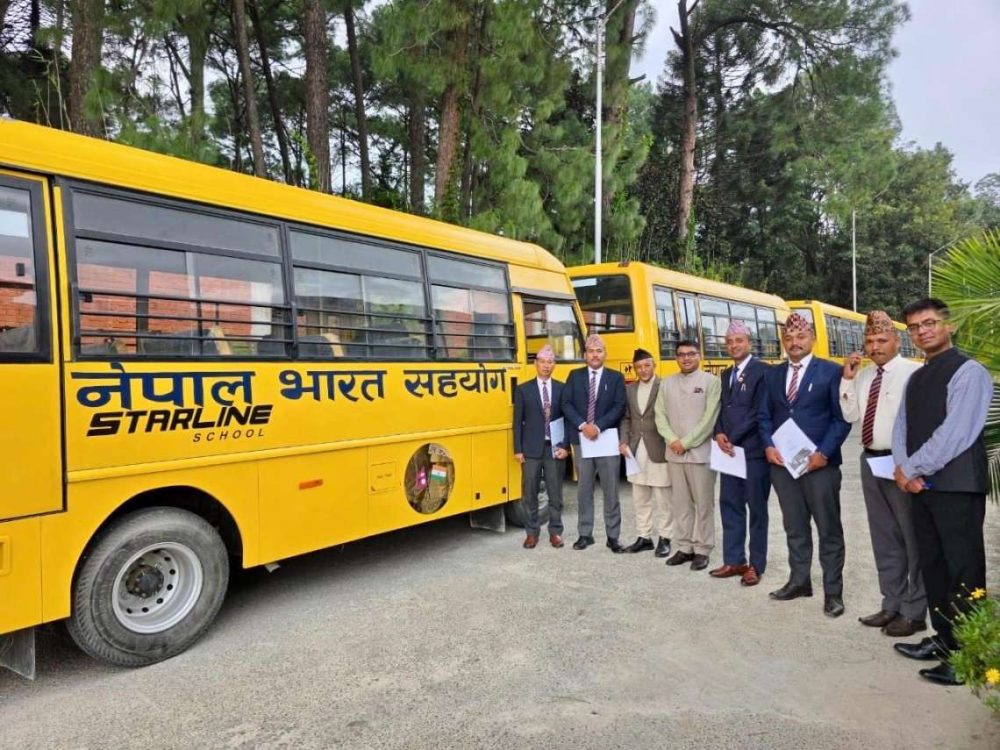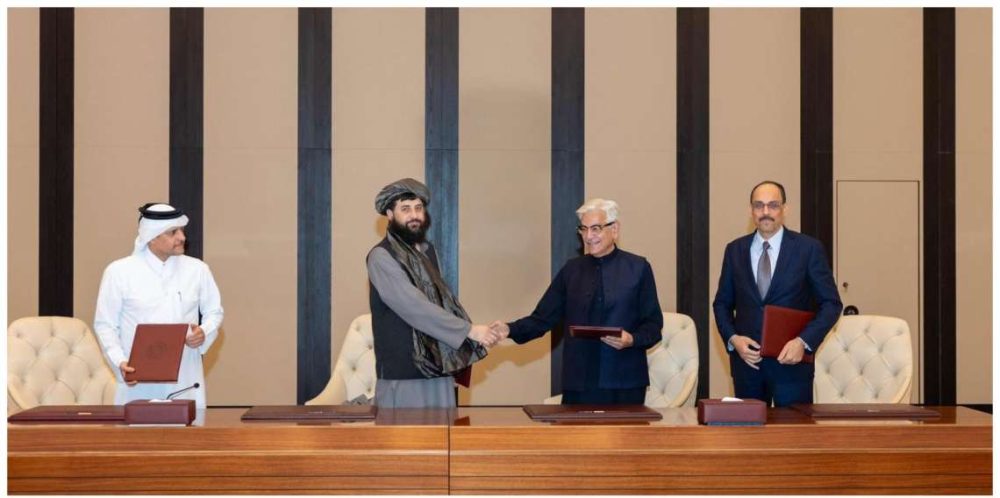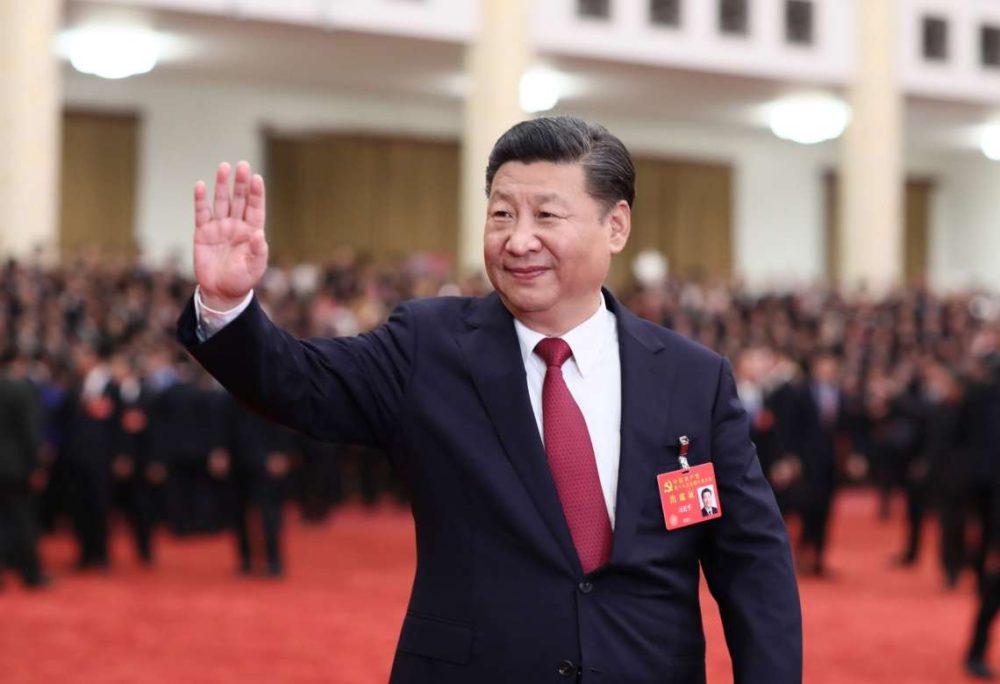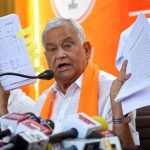India’s UN Development Fund brings green power and hope to Pacific and Caribbean nations, lighting homes, cutting emissions, and building local skills through South-South cooperation…reports Asian Lite News
India’s partnership with the United Nations is helping some of the world’s most climate-vulnerable island nations turn to clean energy and sustainable development. The India-UN Development Partnership Fund, set up to promote South-South cooperation, has enabled the installation of solar power systems across 10 Pacific Island nations, bringing renewable electricity to public institutions and training dozens of local technicians to maintain and expand green infrastructure.
The initiative, highlighted this week by India’s Permanent Mission to the United Nations in New York, showcases how development cooperation between countries of the Global South can translate into tangible, community-level impact. In a post on X, the Mission said, “The India-UN Development Partnership Fund is offering green solutions. Solar energy has been provided to 12 public buildings across 10 Pacific nations. Seventy-four local technicians have been imparted training under the project.”
The programme, supported by the United Nations Office for South-South Cooperation (UNOSSC), has brought clean power to essential facilities such as government offices and community centres across island nations that have long faced challenges in accessing reliable energy. According to UNOSSC, the project now energises 12 public buildings in 10 Pacific countries, benefiting more than 16,500 people while avoiding an estimated 9,600 tonnes of carbon dioxide emissions over 25 years.
The renewable energy initiative is one of several green development projects financed through the India-UN Development Partnership Fund. Established in 2017, the Fund is managed by UNOSSC and aims to support demand-driven projects in developing countries aligned with the Sustainable Development Goals (SDGs). It has since become a major platform for India’s development cooperation, particularly in small island developing states, least developed countries and nations in transition.
A particularly visible success under the Fund is in Fiji, where the State House—the official residence of the country’s President—has been partially powered by solar energy since 2023. The UNOSSC website notes that an 18.25 kW solar generation system was installed with Fund support, producing around 20,000 units of clean electricity each year. The system is expected to reduce the building’s carbon emissions while saving approximately $3,200 annually in energy costs.
“This initiative not only reduces carbon emissions but also sets an example of leadership in sustainable governance,” UNOSSC said. The Fijian project is part of a broader regional demonstration involving 11 Pacific Island countries to showcase practical renewable energy solutions adaptable to local conditions.
Beyond the Pacific, India’s partnership with the UN is also advancing solar energy access in the Caribbean and Latin America. In Haiti, the India-UN Development Partnership Fund has supported a solar-powered water pumping project designed to improve access to water in remote and underserved communities. The system provides reliable, sustainable water for both agricultural and domestic use, benefiting over 40,000 people.
The Haiti project underscores how renewable energy can serve multiple development goals—reducing dependence on fossil fuels, enhancing food and water security, and building community resilience in the face of climate change.
UNOSSC has said that the India-UN Development Partnership Fund, along with the India, Brazil and South Africa Facility for Poverty and Hunger Alleviation (IBSA Fund) and the Perez-Guerrero Trust Fund, is helping shape a new model of cooperation among developing countries. Together, these funds are promoting clean energy transitions and poverty alleviation while building institutional capacity and strengthening policy coherence.
“These funds not only deliver immediate benefits to communities but also lay the groundwork for long-term sustainability by fostering innovation, building local capacities, and promoting policy coherence,” UNOSSC said.
Officials have pointed out that such South-South initiatives complement global climate finance mechanisms by focusing on practical, scalable solutions designed and implemented by developing nations themselves. The emphasis on local ownership and capacity-building ensures that projects continue to deliver benefits long after initial implementation.
India’s growing leadership in renewable energy and sustainable development has given added impetus to these efforts. As one of the largest contributors to the UN’s South-South development framework, India’s collaboration with small island states resonates strongly with its broader foreign policy commitment to partnership, inclusivity and shared growth.
Over the past seven years, the India-UN Development Partnership Fund has supported more than 75 projects in 56 countries, with a cumulative pledge of around $150 million. These initiatives span a wide range of sectors—from renewable energy and climate resilience to agriculture, healthcare, education and disaster preparedness.
In the Pacific, where rising sea levels and climate vulnerability remain existential concerns, India’s support is being seen as both practical assistance and a symbol of solidarity. By providing solar power to public institutions, training local technicians, and helping nations cut emissions, the Fund is contributing to regional efforts to achieve energy independence and environmental sustainability.
As the UN and India mark another milestone in their development cooperation, the success of the solar energy projects in the Pacific and Haiti reflects the potential of South-South collaboration to deliver inclusive, climate-resilient growth. What began as a modest initiative has now become a cornerstone of sustainable development across two continents—showing how shared knowledge, green technology, and mutual trust can light the way to a cleaner, more equitable future.


